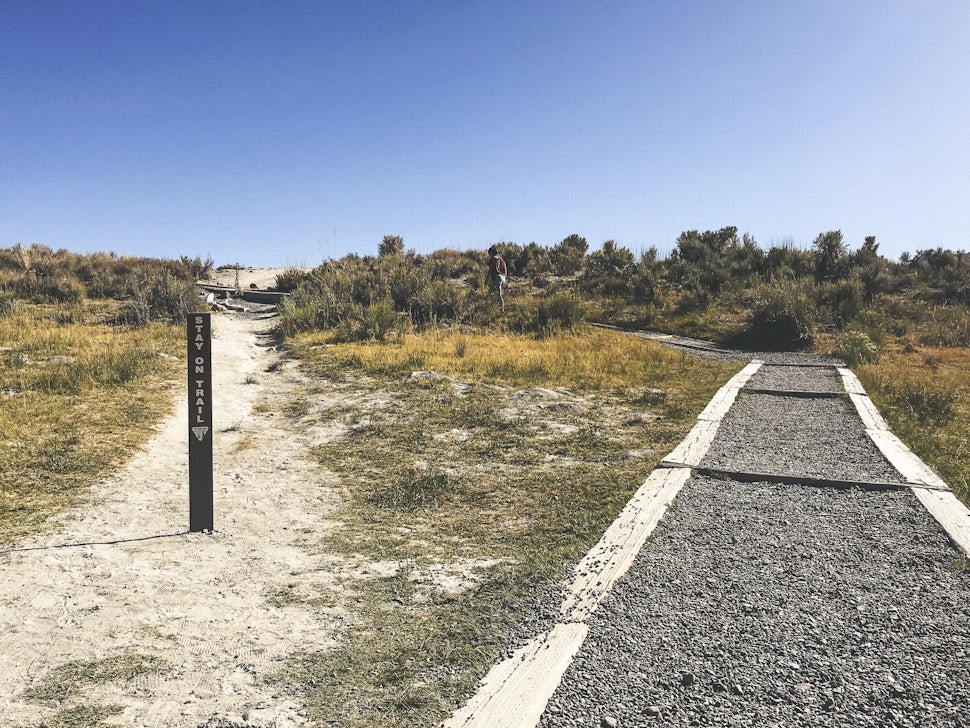Stop Cutting Switchbacks
There are so many reasons to avoid doing this I don't even know where to start.

I'd be willing to bet there isn't a single hike or mountain bike ride in the United States without an example of trail braiding. Mountain bikers swerve around challenging sections while hikers scramble up hillsides to save time.
Whether you realize it or not, an immense amount of work and planning goes into trail design. Trail engineers consider topography, soil composition, drainage, vegetation, and primary trail users before taking a single step toward construction.
Switchbacks are some of the most difficult trail elements to design in an unobtrusive and sustainable way. Here's what happens when you decide to cut one instead of follow the trail.
The first thing to go is vegetation.
Fragile wildflowers, grasses, trees, and brush stand no chance against the repeated pounding of vibram soles. Trails are designed to give us a path into beautiful and untouched areas, but there's not much to look at when you go stomping over all the beautiful parts!
On steep terrain, trail designers take great care to build in features that enhance stability and protect against erosion. Water bars, those diagonal rocks or pieces of wood at intervals across the trail, are vital to keep a trail from rutting out and disappearing after a rain.
The moment you decide to step off the trail and make a shortcut, you're ruining the hard work trail builders put in to making a sustainable and low impact path.
Next comes erosion.
When vegetation disappears, the hillside starts to dissolve away.
Plants play an important role in combating erosion. They hold soil together, disperse water runoff, and protect the hillside from strong winds. Without this protective layer in place, wind and water quickly wash away layers of dirt and rocks leaving deep ruts.
Eventually, trails disappear.
Erosion can cause entire sections of trail to slide off the hillside. Re-building a trail destroyed by erosion requires much more work than building a trail from scratch. Trail builders have to put in extra reinforcement or, in some cases, even reroute entire sections of trail.
When you go hiking you make an intentional decision to throw efficiency aside. If you feel the need to save twenty steps by cutting a switchback, consider simply turning around and heading back to the car to avoid more of this whole "walking" thing altogether.
Same goes for biking—nobody made you take this trail. If you're cruising down a hill and feel the need to redesign a section to make it more rideable, consider improving your skill, not the trail.
We want to acknowledge and thank the past, present, and future generations of all Native Nations and Indigenous Peoples whose ancestral lands we travel, explore, and play on. Always practice Leave No Trace ethics on your adventures and follow local regulations. Please explore responsibly!
Do you love the outdoors?
Yep, us too. That's why we send you the best local adventures, stories, and expert advice, right to your inbox.








